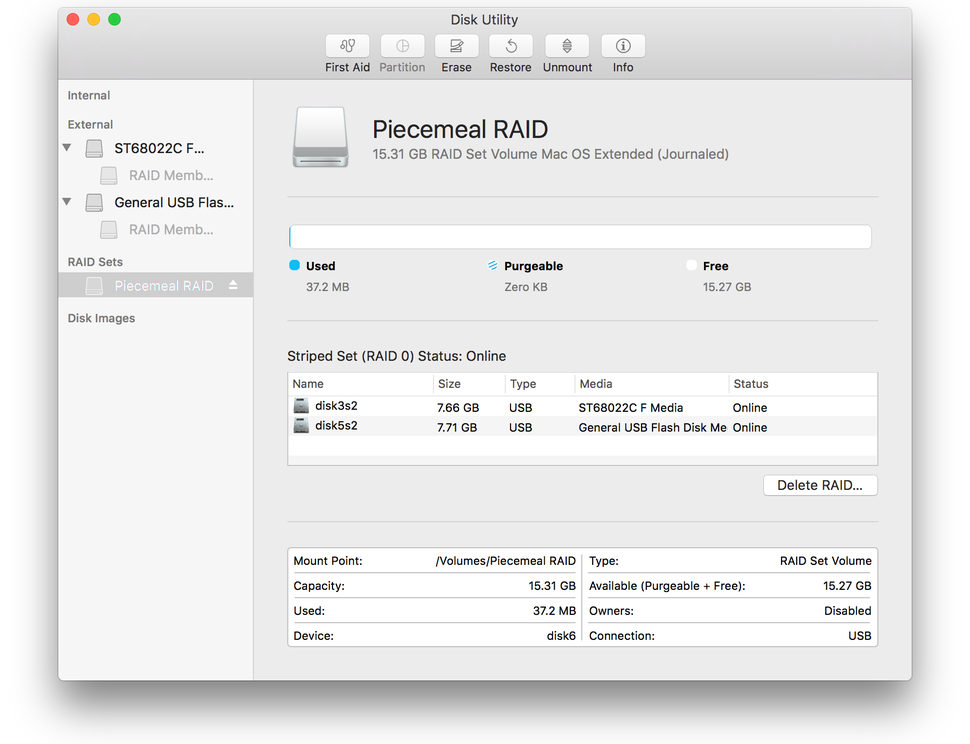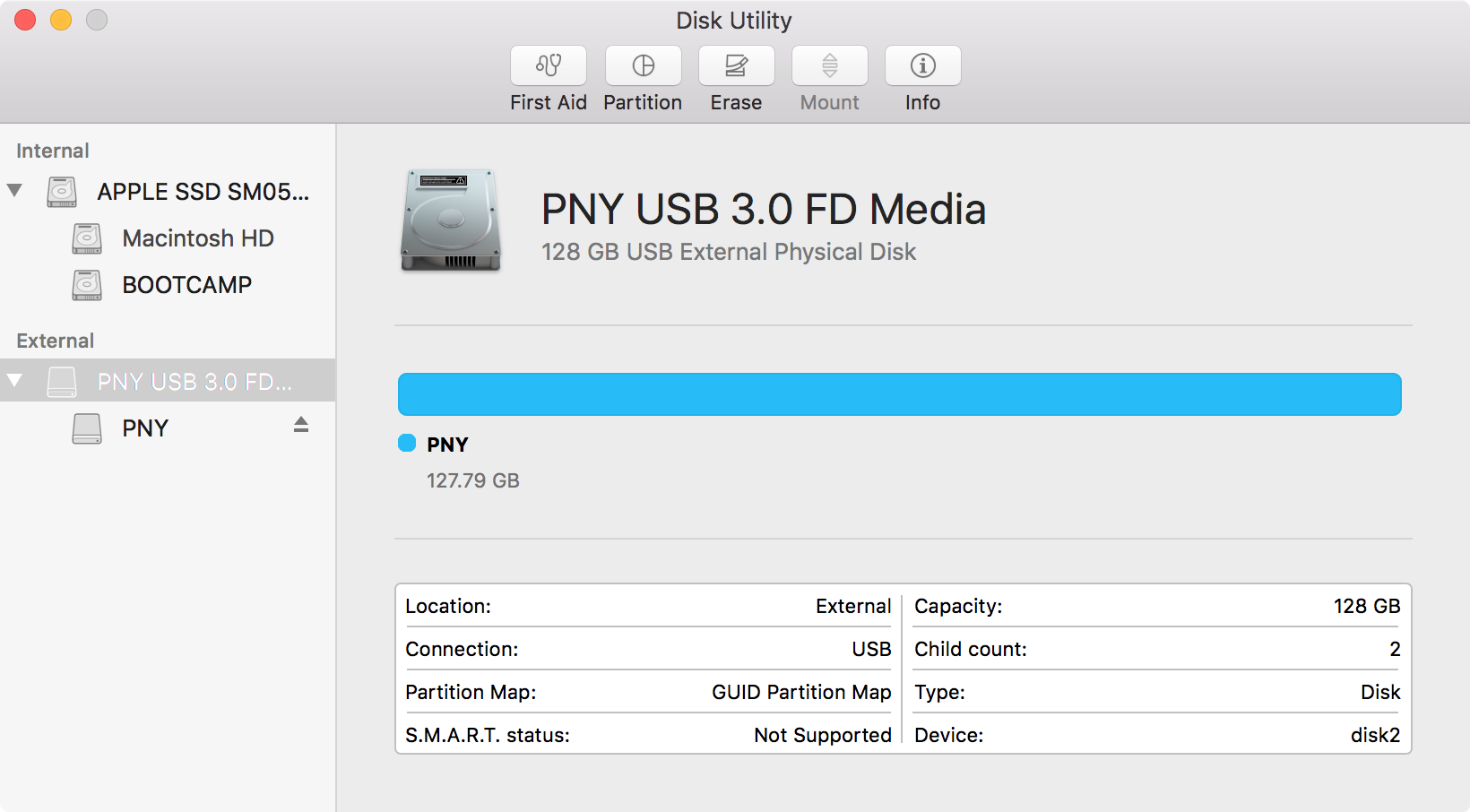Disk Utility User Guide


Apple Disk Utility Repair
Disk Utility can fix certain disk problems—for example, multiple apps quit unexpectedly, a file is corrupted, an external device doesn’t work properly, or your computer won’t start up. Disk Utility can’t detect or repair all problems that a disk may have.
If you run First Aid on a disk, Disk Utility checks the partition maps on the disk and performs some additional checks, and then checks each volume. If you run First Aid on a volume, Disk Utility verifies all the contents of that volume only.


In the Disk Utility app on your Mac, choose View > Show All Devices.
Note: If you’re checking your startup disk or startup volume, restart your computer in macOS Recovery, select Disk Utility in the macOS Utilities window, then click Continue. If you check your startup volume (Macintosh HD), make sure you also check your data volume (Macintosh HD - Data).
In the sidebar, select a disk or volume, then click the First Aid button .
If Disk Utility tells you the disk is about to fail, back up your data and replace the disk—you can’t repair it. Otherwise, continue to the next step.
Click Run, then click Continue.
If Disk Utility reports that the disk appears to be OK or has been repaired, you’re done. You can click Show Details to see more information about the repairs. Otherwise, you may need to do one of the following.
If Disk Utility reports “overlapped extent allocation” errors, two or more files occupy the same space on your disk, and at least one of them is likely to be corrupted. You need to check each file in the list of affected files. Most of the files in the list have aliases in a DamagedFiles folder at the top level of your disk.
If you can replace a file or re-create it, delete it.
If it contains information you need, open it and examine its data to make sure it hasn’t been corrupted.
If Disk Utility can’t repair your disk, or you receive a report that the First Aid process failed, try to repair the disk or partition again. If that doesn’t work, back up as much of your data as possible, reformat the disk, reinstall macOS, then restore your backed-up data.
If your Mac has a Fusion Drive and you see a flashing question mark or alert, see the troubleshooting section of the Apple Support article About Fusion Drive, a storage option for some Mac computers.

Disk Utility For Macos
If you suspect that something’s not quite right with your Mac, the First Aid portion of Disk Utility should be among your first stops. Use First Aid to verify and (if necessary) repair an ailing drive. To use it, click the First Aid button on the left side of the Disk Utility window. Click a volume’s icon and then click Verify. Show All Devices and Erase the Parent Drive. By default, Disk Utility only shows the Volumes.
If you continue to have problems with your disk or it can’t be repaired, it may be physically damaged and need to be replaced. For information about servicing your Mac, see Find out how to service or repair your Mac.
Disk Utility For Mac Os X
Apple Disk Utility
Active@ KillDisk for Mac is an easy-to use & compact freeware utility that allows to sanitize attached media storage with the 24 international data sanitizing standards. It permanently erases all data on Hard Disks, Solid State Drives, Memory Cards & USB drives, SCSI storage & RAID disk arrays.
Freeware version installation package (dmg) includes executable, being able to run on iMac, MacBook & Mac Pro family and erase all attached disks except the system disk with One Pass Zeros data sanitizing standard.
Professional version installation package (dmg) includes executable, being able to run on iMac, MacBook & Mac Pro family. After registration it erases all attached disks with 24 international data sanitizing standards including US DoD 5220.22-M and allows parallel erases. Installation package does NOT contain Bootable Disc Creator and Boot Disk components, so if you neeed to erase iMac (MacBook/MacPro) system disk, you need Professional package for Windows. After creating Boot Disk in Windows environment you'll be able to run Boot Disk on iMac (keep Option key pressed while system boots up) and erase system disk.
